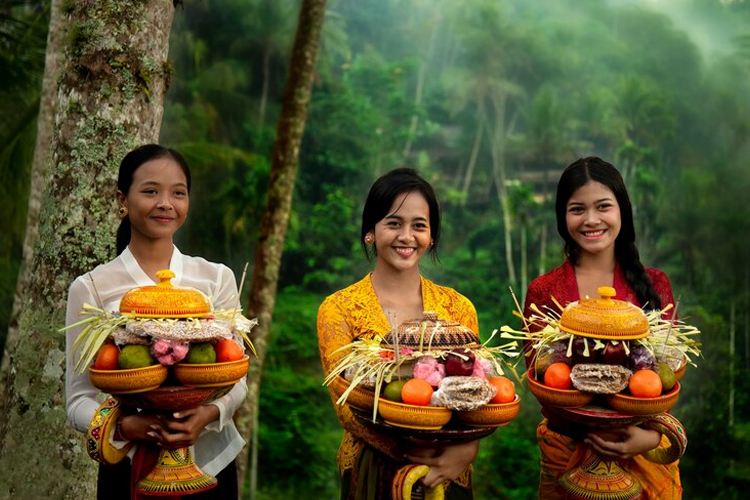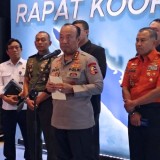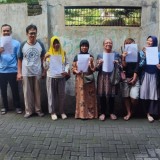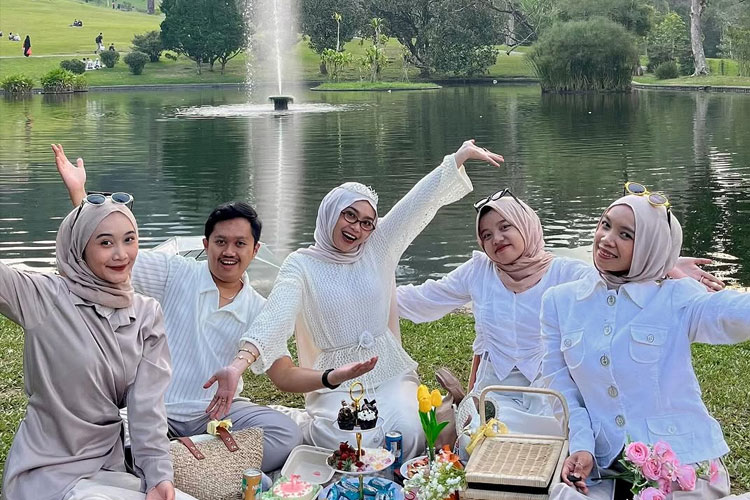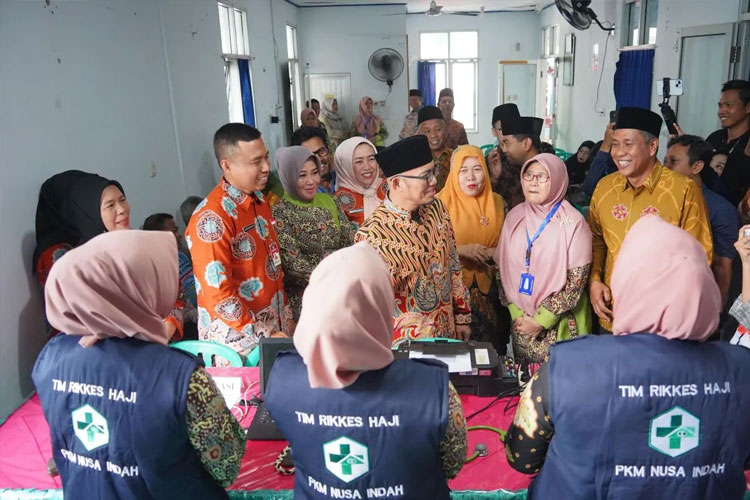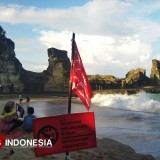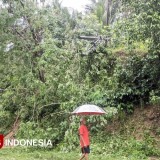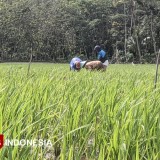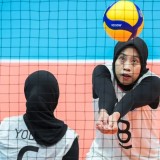TIMES HONGKONG, BANYUWANGI – Starting from the easternmost region of Java Island, precisely in Banyuwangi Regency, Gambiran Sub-District, there lies a remote village often referred to as Pekalongan. Pekalongan is a secluded village in the Banyuwangi area that is deeply rooted in tradition. Many might assume that Pekalongan is a city located in Central Java. However, it turns out that there is also a village named Pekalongan in Banyuwangi itself. This village is well-known for its rich traditions. one o them is the munggah sesajen.
Understanding the term "tradition" itself is a culture that has been passed down through generations by a particular group of people. The presence of culture is inseparable from the habits they consistently practice. Culture will always exist as long as humans perpetuate it. Thus, there is no culture without humans. Where there are humans, there culture is born.
Getting to know Banyuwangi would certainly involve understanding its culture. Culture is deeply ingrained and part of the identity of the Banyuwangi community, especially in the Pekalongan area. One of the traditions that still exists and is preserved by the people of Pekalongan to this day, and considered obligatory not to be abandoned, is the tradition of Munggah sesajen.
The tradition of munggah sesajen, or the laying of offerings, is a ritual tradition connected to a belief in the supernatural. Munggah sesajen is performed at specific times, such as during weddings, rice harvest celebrations, circumcisions, sea harvesting, thanksgiving ceremonies, and many more. According to anthropologist Argo Twikromo, offerings are considered a normal practice aimed at connecting humans with nature and humans with God.
The tradition of munggah sesajen being carried out serves as evidence that the community is still strongly committed to maintaining and believing in the traditions passed down by their ancestors. The people of Pekalongan firmly believe in the necessity of offering sesajen for every event they hold. According to their beliefs, neglecting sesajen could bring calamity upon those who fail to fulfill it. For example, in weddings, sesajen is considered the most crucial requirement that must not be overlooked.
If the offering requirement is not met, unwanted consequences may occur. Whether believed or not, these consequences might manifest. Therefore, smoothness in conducting the wedding ceremony is highly anticipated to prevent any undesirable occurrences.
People's perceptions of sesajen vary greatly. Some consider it negative, associating it with the occult and acts of polytheism. However, for the people of Pekalongan, it is regarded as positive and necessary. In weddings, sesajen is seen as a manifestation of prayer and respect for ancestral spirits, with the hope and belief that ancestors will always bless the endeavors of their descendants.
The people of Pekalongan often recall the Javanese saying: "Traditions like these (sesajen) actually contain prayers and warnings for us, but if people don't understand, they might think it's innovation, whereas innovations can also be good."
Munggah sesajen, or the laying of offerings, can be seen as a spiritual negotiation between humans and supernatural forces to ensure that these entities do not harm or disrupt human life. In weddings, sesajen is divided into several types: First, there's the pasang tarub or tratag sesajen. The installation of tratag is carried out three or two days before the event.
Second, there's the sesajen siraman, which is performed a day before the wedding ceremony. The equipment used in the siraman ceremony includes water taken from seven springs, an ivory dipper, a piece of cloth with grompol motifs, garden flower garlands, klasa kalpa, multicolored konyoh, a piece of cloth with nagasari motifs, tamarind water, seven-colored ron sapta, coconut milk, and fragrant pandanus.
Third, there's the sesajen midodaren, which is conducted on the evening before the wedding ceremony. Offerings used include degan fruit salad, a dried dish called rasulan, a megana cone, telon flowers, savory rice, grilled chicken, bitter tea and coffee, and sanggan bananas.
Fourth, there's the sesajen panggih, which only involves the act of the bride shaking hands with the groom, using only a kluwi leaf.
According to some community figures like Mbah Boinem, "Sesajen is a requirement, so it should not be neglected to avoid consequences."
Thus, sesajen is obligatory, and various strange incidents related to the absence of sesajen have occurred, such as sudden falls and sprained ankles of cooks. The multitude of anomalies that have occurred further strengthen the community's belief in sesajen.
The strong belief of the people of Pekalongan in a tradition passed down by their ancestors indicates that the community has a special motivation in dealing with the tradition of sesajen, which has become customary. This underscores the importance of preserving heritage or traditions for future generations. The awareness of the community regarding the importance of preserving cultural heritage to prevent it from fading away amidst cultural developments in each era is evident.
*Written by: Sri Wahyuni, Chair of the Student Association of Indonesian Language Education, Faculty of Tarbiyah and Teaching at KH Mukhtar Syafaat University.
Artikel ini sebelumnya sudah tayang di TIMES Indonesia dengan judul: Getting to Know the Tradition of Munggah Sesajen in the Village of Pekalongan, Banyuwangi
| Writer | : |
| Editor | : Khodijah Siti |
